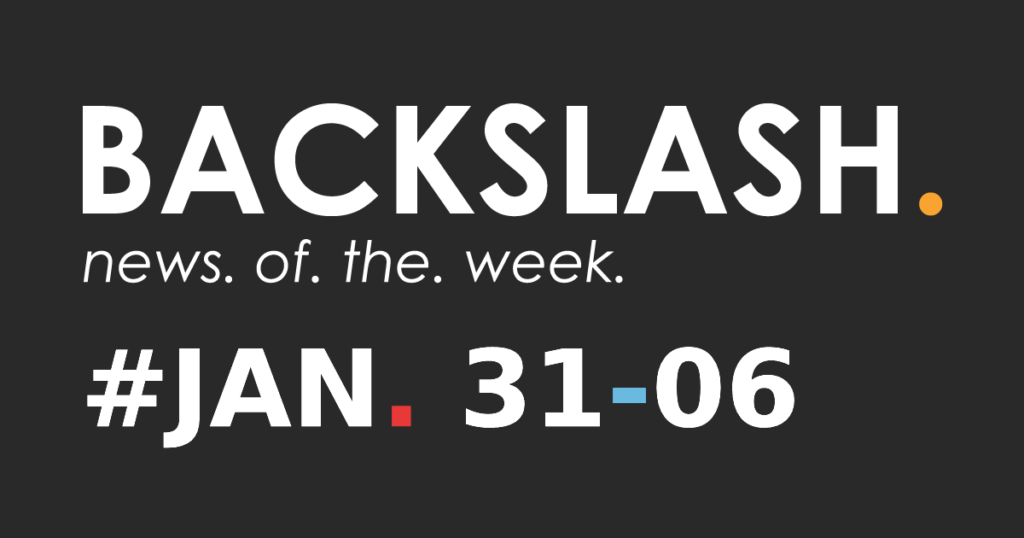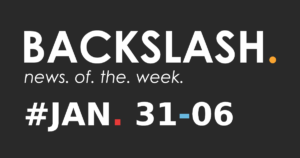Several rumors surfaced over the weekend claiming that Facebook’s parent company, Meta, may contemplate shutting down its services in the EU due to a continuing legal battle over how it manages EU user data.
The reports followed Meta’s most recent SEC update, which included the following note:
“In August 2020, we received a preliminary draft decision from the Irish Data Protection Commission (IDPC) that preliminarily concluded that Meta Platforms Ireland’s reliance on Standard Contractual Clauses (SCCs) in respect of European user data does not achieve compliance with the General Data Protection Regulation (GDPR) and preliminarily proposed that such transfers of user data from the European Union to the United States should therefore be suspended. We believe a final decision in this inquiry may issue as early as the first half of 2022. If a new transatlantic data transfer framework is not adopted and we are unable to continue to rely on SCCs or rely upon other alternative means of data transfers from Europe to the United States, we will likely be unable to offer a number of our most significant products and services, including Facebook and Instagram, in Europe, which would materially and adversely affect our business, financial condition, and results of operations.”
As Meta points out, in 2020, a European Union privacy authority issued a preliminary ruling prohibiting the company from sending data about its EU consumers to the US. The directive was issued in response to growing worries among EU officials about possible US government spying techniques. In this case, the specifics of the potential threat were not disclosed.
An official judgement on this matter could come in the next few months, forcing Meta to rethink how it handles user data, at least in theory. As a result, it’s possible that Facebook and Instagram will be removed from the region.
That would clearly be a major move, and it appears to be more of a show at this point than something Meta will actually execute. Meta may still be able to get an agreement on user data transfers, allowing it to continue processing EU user data in its US data centers. Alternatively, it may be forced to keep everything contained within the zone.
It’s worth noting that Meta already has data centers in Ireland, Sweden, and Denmark, and has just applied to establish another in the Netherlands. So it’s not completely out of the possibility that Meta could, if necessary, align with any such constraints. However, it would be a major undertaking, and it could limit user data analysis at a time when Meta is already experiencing capacity issues as a result of Apple’s iOS 14 release.
However, a complete shutdown of Facebook and Instagram in the EU appears unlikely. In the EU, Facebook has 427 million users and was the only region to see a considerable increase in the most recent quarter. That doesn’t even include Instagram.


